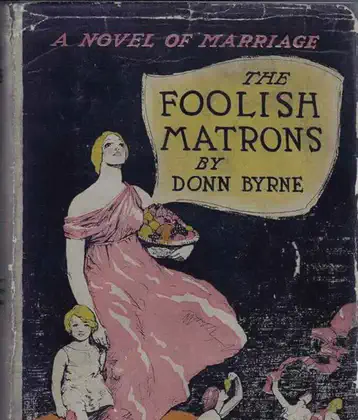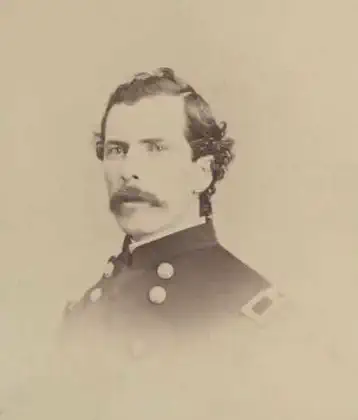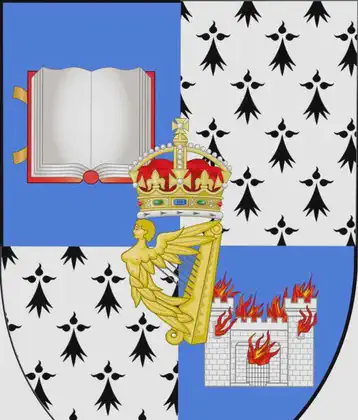On November 20, 1917 in Celtic History
The 16th irish division of the british army assaults an area of the german lines known as tunnel trench

The 16th (Irish) Division was a formation of the British Army composed predominantly of Irish nationalist volunteers. It saw action on the Western Front, including notable engagements like the Battle of the Somme in 1916.
The division was a voluntary ‘Service’ formation of Lord Kitchener’s New Armies, created in Ireland from the ‘National Volunteers’,initially in September 1914, after the outbreak of the Great War.
Tunnel Trench was so called because it had a tunnel 30 or 40 feet below ground along its whole length, with staircase access from the upper level every 25 yards.
Trench warfare was a defining feature of the conflict on the Western Front, where soldiers dug elaborate trench systems for protection from enemy fire.
Tunnel trenches were a type of trench construction that involved digging underground tunnels to approach enemy lines secretly. These tunnels could be used for various purposes, including planting mines beneath enemy positions. Tunneling was a dangerous and challenging aspect of trench warfare.
On November 20th during the Battle of Cambrai the 16th (Irish) Division during the advance, including the use of artillery, smoke barrage, and a deception strategy.
Date and Time
The advance took place on the morning of November 20th, with the action starting at zero hour, 06:20.
Artillery Barrage
The Divisional 18-pounder field guns opened fire at zero hour, providing artillery support for the advancing assault companies. Artillery barrages were a common prelude to infantry advances during World War I.
Smoke Barrage
Stokes mortars were used to lay a smoke barrage upon the German trenches. This was a tactic to create confusion and simulate a gas attack. The goal was to deceive the German troops, causing them to put on gas masks and seek refuge in underground tunnels.
Deception Strategy
The successful use of a smoke barrage as a deception strategy is noteworthy. By convincing the Germans that a gas attack was imminent, the Irish troops exploited the confusion and vulnerability of the exposed portion of the trench.
Tunnel Use by German Troops
German troops, fearing a gas attack, retreated to the safety of the underground tunnel. This left the exposed portion of the trench undefended, providing an opportunity for the assaulting Irish troops.
Such tactical innovations, including the use of smoke barrages and deception strategies, demonstrate the evolving nature of warfare during World War I. The Battle of Cambrai was significant for its introduction of new tactics, including the use of massed tanks, and marked a departure from the static trench warfare that had characterized much of the conflict.
More From This Day




John Russell Young, journalist in American Civil War, from Co. Tyrone, born
November 20, 1840



Francis Andrews is appointed first professor of history at the University of Dublin
November 20, 1762